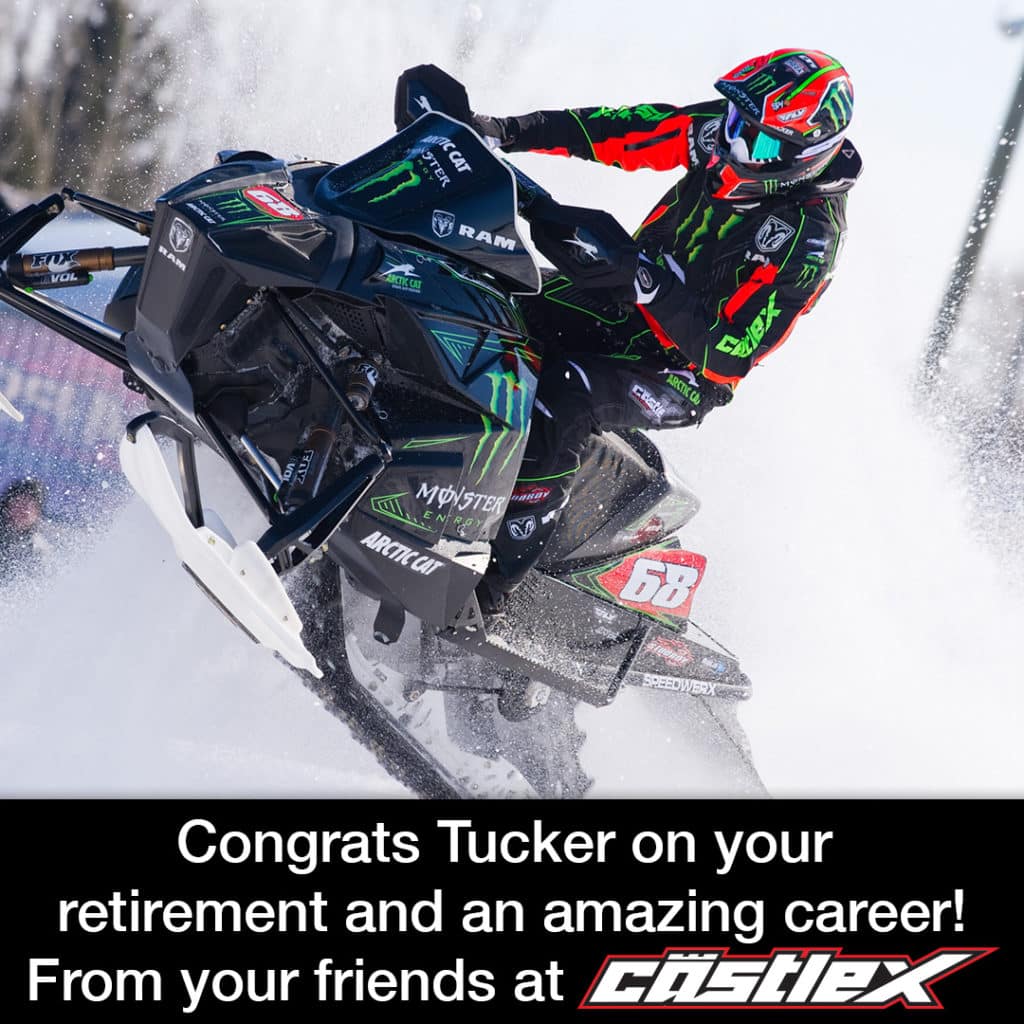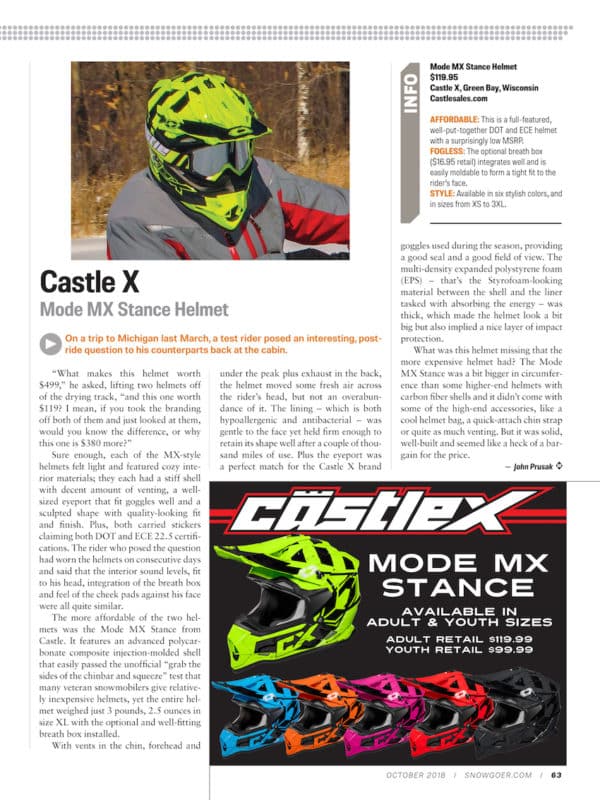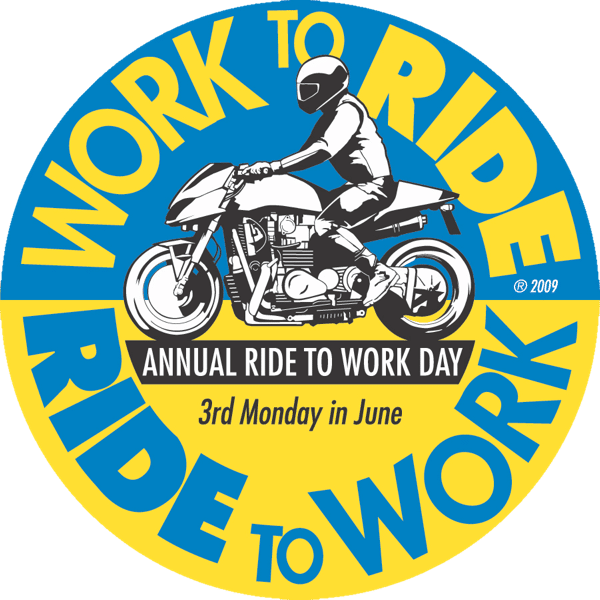Blog
Tucker Hibbert Retires

TUCKER HIBBERT RETIRES FROM PROFESSIONAL SNOCROSS RACING
FOR IMMEDIATE RELEASE
May 16, 2018 – After 25 years of chasing checkered flags in snowmobile competition, Tucker Hibbert today announced that he’s reached the finish line of his remarkable racing career. The 33-year-old from Pelican Rapids, Minnesota, is now officially retired as a professional snocross racer.
“It’s time for me to retire from professional snocross racing,” Hibbert said. “It’s been a great career and now is the right time to move on. I’m healthy and happy. I’ve accomplished my goals, which were to do my best and enjoy the process of working hard with the people around me. We just finished a great season where I felt as good as I ever have and won my 11th Championship.”
Reflecting on his career, he added, “I’ve dedicated a huge part of my life to racing snowmobiles. I’m thankful for the lessons and experiences that racing provided me over the years. It’s been an incredible ride.”
Hibbert leaves the sport as the most decorated racer in snocross history. He began racing snowmobiles as an amateur at age 8, won his first X Games gold medal at 15 and turned professional at age 16. In his 18 years as a professional snocross racer, Hibbert won 138 of the 235 Pro National events he entered in addition to 11 Pro Championship titles, 10 X Games gold medals and two World Championship titles.
Hibbert’s storied career is a testament to the talent, determination and hard work of his own as well as those who were integral to Team 68 over the years.
“Working hard, as a team, has been the most rewarding part of racing,” Hibbert said. “There are so many amazing people who have played a role in my career. I’ve been fortunate to work with some extremely talented, dedicated and all-around good people. I’ll cherish the memories we’ve all made together for the rest of my life.”
The team’s success was also the result of the support given by key sponsors. “I’m proud of the relationships we’ve built with the brands that have supported me,” he said. “Many of them were career long sponsors and that’s something I’m really thankful for.”
Hibbert also credits his fans, saying: “I’m blessed to have met a lot of great people through racing. Their energy and excitement helped push me to do my best. I truly thank all of them for their passion and support.”
Hibbert’s retirement from professional snocross is effective immediately. He is currently working on event opportunities at which he can personally thank his fans, sponsors and the snowmobile racing community for their contribution to his career.
Motorcycle Safety Tips

Staying Visible on Your Motorcycle
Compared to other vehicles on the road, motorcycles are compact, fast, and difficult to see easily. When a collision occurs, one of the first things that a car or truck driver will exclaim to the police is, “I never saw that bike!”
This statement reflects an unfortunate reality. It is extremely easy for a motorcyclist to fall under the radar until it’s too late to prevent an accident. The good news is that there are steps you can take to improve your visibility and therefore increase your safety on the road.
Avoid Blind Spots
You want other motorists to see and be able to avoid you, so stay out of their blind spots. In theory motorists should look over their shoulders when turning, but don’t hold your breath waiting for that to happen. Leave enough distance between yourself and the other vehicles to maneuver away from sudden danger. The worst place to be is directly alongside a car. When passing cars, stay as far left as possible to give yourself as much room as you can in case the car suddenly changes lanes.
Use Headlights
When driving at night, turn on your headlights to maximize visibility. Some riders opt to also use their high beams during the day to make themselves easier to spot, but make sure that you’re not in a position to blind oncoming traffic. High beam use should even be judicious at night, especially if you are squarely facing oncoming traffic or have high-intensity discharge bulbs.
Use a Headlight Modulator
Headlight modulators enable your lights to flicker or pulse in intensity. Although legal in 50 states, their use is governed by federal law. When used properly, they can increase visibility. Many motorists find flickering annoying, but in situations where visibility is compromised, safety takes priority over someone else’s comfort.
Tap Brake Lights
If you’re being followed too closely by another motorist, making it impossible to maintain a practical safety zone around your motorcycle, you can lightly tap your brakes to power on the brake lights. If the other driver doesn’t take the hint and slow down, your best set is to leave the lane safely and get out of their vicinity.
Whenever possible, you should also flash your brake light before you decelerate. When you warn other drivers that you’re preparing to slow down, you give them time to do the same.
Wear Reflective Gear
Wearing bright and reflective safety gear is a simple but effective way to stand out visibly. Buy brightly colored riding jackets and pants, and look for apparel with a reflective finish. Some biking apparel comes with reflective properties that are only available at night, adding an extra dimension of safety to riding after dark.
If you don’t have reflective gear, you could purchase some reflective tape in neon colors and apply it to your helmet, jacket, and even saddlebags.
Let’s face it: cars and trucks dominate the road and are used to looking out for vehicles of similar size. Motorcycles are rarely on their radar, so maintaining visibility is important when it comes to your safety. Catching driver attention is the best way to avoid a collision, so follow these tips to share the road more safely.
This article was created by Personal Injury Help (www.personalinjury-law.com), an organization dedicated to providing the public with information about personal injury and safety information. Nothing in this article should be construed as legal advice, and it is intended for informational use only. Be sure to review your local ordinances to ensure you ride safe and legally.
AmSnow TV Season 4, Episode 2
Castle X CX-950 : Simply The Best
Video Alert!
See the full line of Castle X Helmets @ www.castlesales.com/snow/helmets/castle-x-helmets/
Monday, June 19th is Ride To Work Day
Monday, June 19th is the 26th Annual International Motorcycle & Scooter Ride To Work Day!
Make sure you get out & Ride!
Ride To Work Day History (courtesy of ridetowork.org)
Ride to Work Day was inspired by “Work to Ride – Ride to Work'” marketing materials created between 1989 and 1991 by the Aero Design and Manufacturing Company, a Minnesota based manufacturer of motorcycle riders clothing. In 1992 these items inspired motorcycle magazine editor Fred Rau to write an editorial calling for a national ride to work day.
The first annual Ride to Work Day event was proposed in Road Rider magazine (now titled Motorcycle Consumer News) in the May 1992 issue. This is an excerpt from that “Ride to Work” editorial: “You may remember several months ago when Bob Carpenter, commenting in his ‘Two Up’ column, mentioned how neat he thought it would be if there was one day a year when everyone who owned a motorcycle used it to ride to work. That comment was prompted by a T-shirt produced by Aerostich RiderWear that simply said, ‘Work To Ride, Ride To Work.’ Everyone seemed to think that a national ‘Ride To Work’ day was one heck of a good idea.”
The first Ride to Work Day event date was July 22nd, 1992. For several years various motorcycle businesses informally promoted every third Wednesday in July as Ride To Work Day. These early advocates included Road Rider Magazine, Dunlop Tires, and Aerostich/Riderwearhouse. The event continued to grow as an informal grass roots demonstration every year until 2000. That year a non-profit organization, Ride to Work was formed to help organize and promote Ride to Work Day. The first Ride to Work Day event led by this group was the third Wednesday in July of 2001. This day was the annual day until 2008, when it was changed to the Third Monday In June. This change was made to climatically better accommodate riders world-wide, and to give more riders an opportunity to participate.
Ride to Work is a 501 c4 nonprofit, all-volunteer effort. Organizers include Andy Goldfine, Lynn Wisneski and Christine Holt.
Castle Atom SV Modular Motorcycle Helmet Sweepstakes
Head over to our Castle X Facebook page and enter now!!
Win a new Castle Atom SV Modular Motorcycle Helmet!
“Like” this post AND – Post a pic of your favorite ATV, Dirt Bike,…Posted by Castle X on Thursday, June 8, 2017
Always in my heart, champ. RIP Nicky. #69 – @26_DaniPedrosa
Always in my heart, champ. RIP Nicky. #69 pic.twitter.com/ML35Qm7f1g
— Dani Pedrosa (@26_DaniPedrosa) May 22, 2017


